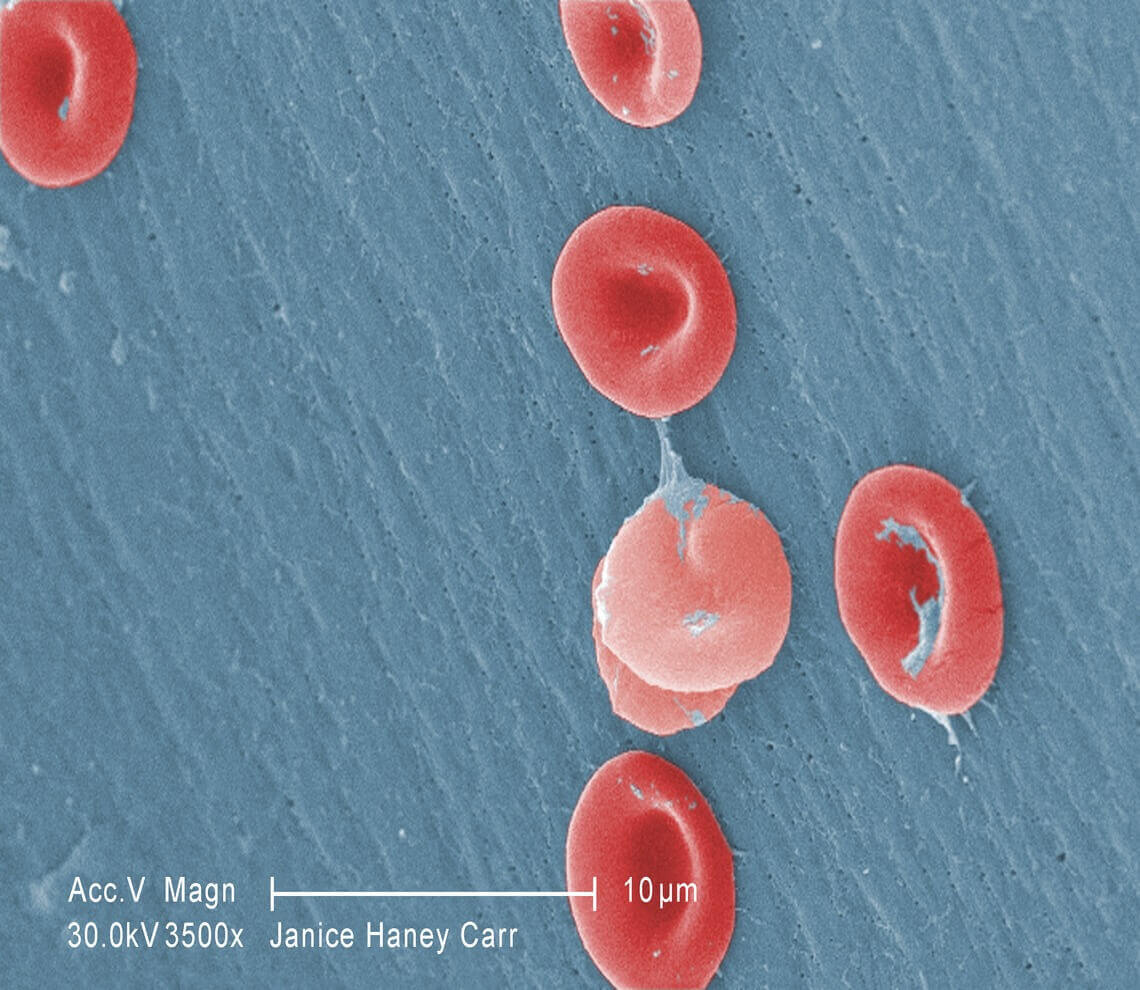- Our Suppliers
- MBS Monoclonals
- JNK1/2/3, phosphorylated (Tyr185, Tyr185, Tyr223) (c-Jun N-terminal Kinase 1, JNK1, JNK1A2, c-Jun N-terminal Kinase 2, JNK2, JNK21B1/2, JNK2alpha, JNK2B, JNK2beta, c-Jun N-terminal Kinase 3, JNK3, JNK3A, JNK, JNK 46, JNK-46, JNK 55, JNK-55, MAP Kinase p49 Antibody
Product short description
Price:
636 EUR
Size:
100ul
Catalog no.:
GEN604478
Product detailed description
Gene name
N/A
Gene name synonims
N/A
Other gene names
N/A
Concentration
N/A
Immunoglobulin isotype
IgG
Other names
N/A
Clone
9H425
Also known as
JNK1/2/3
French translation
anticorps
Clonality
Monoclonal
Category
Antibodies
Purification method
Supernatant
Source organism
Human (Homo sapiens)
Subcategory
Mnoclonal antibodies
Host organism
Rabbit (Oryctolagus cuniculus)
Tested applications:
Western Blot (WB), Immunoprecipitation (IP)
Form/Appearance
Supplied as a liquid in 50mM Tris-Glycine, pH 7.4, 0.15M sodium chloride, 40% glycerol, 0.01% sodium azide, 0.05% BSA.
Properties
If you buy Antibodies supplied by MBS Monoclonals they should be stored frozen at - 24°C for long term storage and for short term at + 5°C.
Species reactivity
Human (Homo sapiens), Mouse (Mus musculus), Rat (Rattus norvegicus); Due to limited knowledge and inability for testing each and every species, the reactivity of the antibody may extend to other species which are not listed hereby.
Specificity and cross-reactivity
Recognizes human JNK1 (pY185), JNK2 (pY185) and JNK3 (pY223). Species Crossreactivity: Mouse and rat. ; Since it is not possible to test each and every species our knowledge on the corss reactivity of the antibodies is limited. This particular antibody might cross react with speacies outside of the listed ones.
Storage and shipping
Store the antibody at +4 degrees Celsius for short term storage.. Long-term storage should be done after aliquoting the antibody and freezing the aliqotes at -20 degrees Celsius. Under these conditions the aliquots will be stable for at least one year if kept at -20 °C. For maximum recovery of product, centrifuge the original vial after thawing and prior to removing the cap. Further dilutions can be made in assay buffer.
© Copyright 2016-Tech News . Design by: uiCookies

